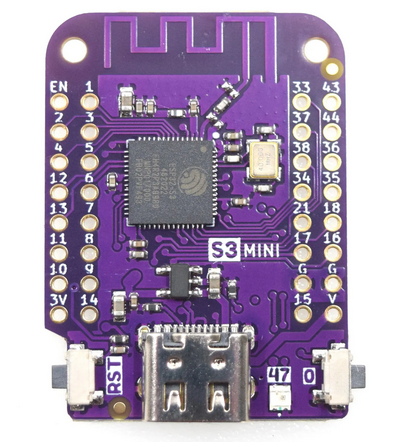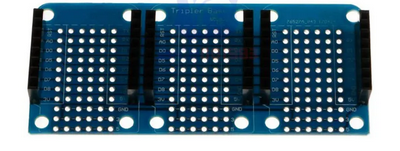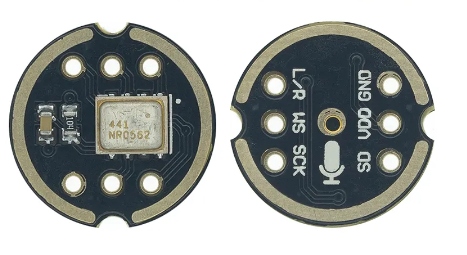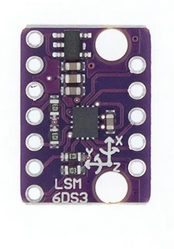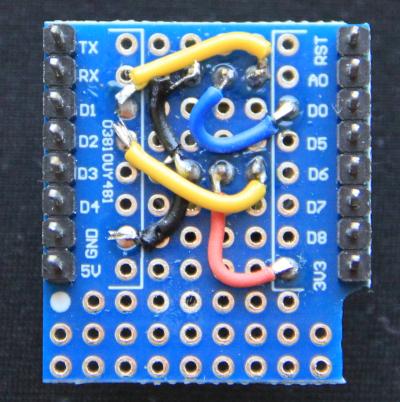
Difference: TinyML (7 vs. 8)
Revision 82023-09-11 - UliRaich
| Line: 1 to 1 | |||||||||||||||||
|---|---|---|---|---|---|---|---|---|---|---|---|---|---|---|---|---|---|
TinyMLIntroduction | |||||||||||||||||
| Line: 23 to 23 | |||||||||||||||||
| Here we go through the ESP32 C++ examples | |||||||||||||||||
| Changed: | |||||||||||||||||
| < < | Michael O'Cleirigh has started a project on github trying to port these examples to MicroPython (https://github.com/mocleiri/tensorflow-micropython-examples | ||||||||||||||||
| > > | Michael O'Cleirigh has started a project on github trying to port these examples to MicroPython (https://github.com/mocleiri/tensorflow-micropython-examples | ||||||||||||||||
The hardware | |||||||||||||||||
| Changed: | |||||||||||||||||
| < < | There are several esp32-cam boards integrating a camera with the ESP32 CPU. Some also provide an SD card interface, such that photos or videos from the camera can be recorded onto an SD card. Some of these boards have only 16 output pin and are therefore very limited in the number of GPIO lines available to interface external devices and others use 40 output pins. None of them has a microphone and/or an accelerometer on board. To my knowledge there is only one such board using the ESP32S3 chip with vector instructions speeding up neural network operations and that one is a 40 pin device. I therefore selected this device for my studies. | ||||||||||||||||
| > > | For the person detection example several esp32-cam boards integrating a camera with the ESP32 CPU are available. Some provide an SD card interface, such that photos or videos from the camera can be recorded onto an SD card. Some of these boards have only 16 output pins and are therefore very limited in the number of GPIO lines available to interface external devices and others use 40 output pins. None of them has a microphone and/or an accelerometer on board. To my knowledge there is only one such board using the ESP32S3 chip with vector instructions speeding up neural network operations and that one is a 40 pin device. I therefore selected this device for my studies. | ||||||||||||||||
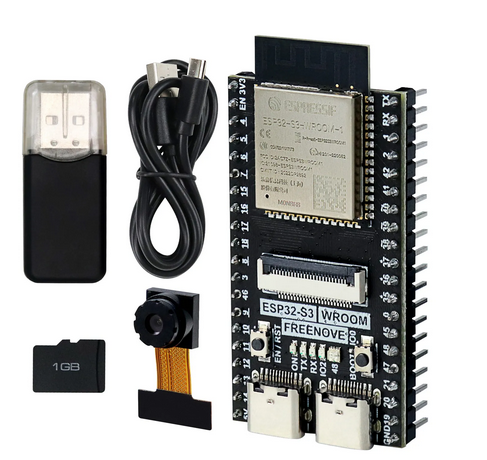 | |||||||||||||||||
| Added: | |||||||||||||||||
| > > | Of course it is possible to interface the microphone and/or the accelerometer to the above board, but in this case a bread board and quite a bit of external cabling is needed. I therefore prefer to use the WeMos D1 mini eco-system with an ESP32S3 CPU, a triple base and prototype boards onto which the microphone and the accelerometer are mounted.
The photos below show the CPU and the backplane board.
| ||||||||||||||||
| Setting up the PC and MicroPython for TensorFlow The following pages show how to set up the PC to run TensorFlow, how to create models and how to down-scale them for use on the ESP32. Then a custom version of MicroPython must be created including the esp32-camera driver and its MicroPython interface as well as ulab, a stripped down version of numpy and scipy as well as the tflm library and its MicroPython access routines. | |||||||||||||||||
| Line: 54 to 69 | |||||||||||||||||
| |||||||||||||||||
| Added: | |||||||||||||||||
| > > |
| ||||||||||||||||
View topic | History: r13 < r12 < r11 < r10 | More topic actions...
Ideas, requests, problems regarding TWiki? Send feedback
